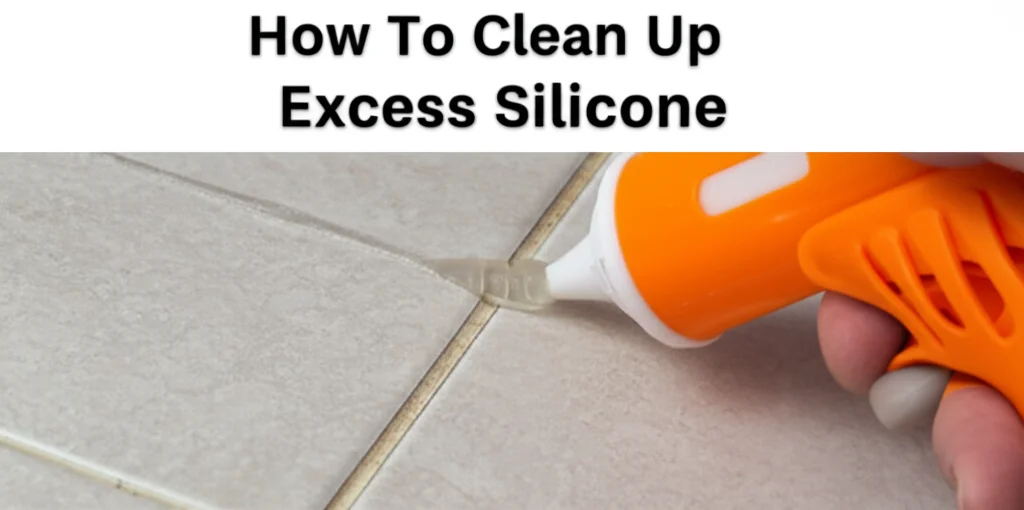· Home Safety & Cleaning · 7 min read
How To Clean Up A Shattered Shower Door?

Dealing with Disaster: How To Clean Up A Shattered Shower Door?
Finding your shower door in pieces is never a pleasant surprise. It’s startling, potentially dangerous, and immediately presents a cleanup challenge. Cleaning up a shattered shower door requires a careful, methodical approach to ensure your safety and prevent further injury. This guide will walk you through the entire process, from initial safety precautions to the final cleanup, helping you restore your bathroom to a safe and usable space. We’ll cover everything from gathering the right supplies to properly disposing of the broken glass. Let’s get started on safely tackling this unexpected mess.
Quick Answer:
To clean up a shattered shower door, prioritize safety by wearing protective gear (gloves, shoes, eye protection). Carefully remove large pieces, then use a vacuum with a hose attachment for smaller shards. Follow up with a damp paper towel to collect remaining fragments, and dispose of everything properly in a labeled, sturdy container.
Takeaway:
- Always prioritize personal safety with protective gear.
- Work methodically, starting with large pieces and moving to smaller ones.
- Proper disposal is crucial to prevent injuries.
1. Immediate Safety First: Protecting Yourself
Before you even think about starting the cleanup, your safety is paramount. A shattered shower door leaves behind a minefield of sharp glass fragments. Ignoring this can lead to serious cuts and injuries. The first step is to assess the situation and equip yourself with the right protective gear. This isn’t a time to be a hero; it’s a time to be cautious.
- Wear Heavy-Duty Gloves: Thick work gloves or rubber gloves will protect your hands from cuts.
- Eye Protection is Essential: Safety glasses or goggles are a must to prevent glass shards from getting into your eyes.
- Footwear Matters: Absolutely no bare feet! Wear closed-toe shoes, preferably sturdy boots, to protect your feet.
- Consider a Mask: A dust mask can help prevent inhaling fine glass particles.
- Clear the Area: Keep children and pets far away from the bathroom until the cleanup is complete. This is non-negotiable.
2. Gathering Your Cleanup Supplies
Having the right tools on hand will make the cleanup process much smoother and safer. Don’t start until you’ve assembled everything you need. Rummaging around for supplies after you’ve started increases the risk of injury. Preparation is key to a successful and safe cleanup.
- Heavy-Duty Trash Bags: You’ll need several, and they should be thick and durable.
- Sturdy Container: A plastic bucket or a cardboard box (well-taped) will be used for collecting smaller glass pieces. Label it clearly as “Broken Glass.”
- Vacuum Cleaner with Hose Attachment: A vacuum is essential for picking up small shards and dust.
- Damp Paper Towels: These will help collect any remaining tiny fragments.
- Broom and Dustpan: For sweeping up larger pieces before vacuuming.
- Flashlight: Helpful for spotting hidden glass fragments, especially in corners.
- Duct Tape or Packing Tape: Can be used to carefully pick up small, stubborn shards.
3. Removing the Larger Pieces of Glass
Start with the most obvious and largest pieces of broken glass. Handle these with extreme care to avoid cutting yourself. Slow and steady wins the race here. Rushing can lead to accidents. Remember, your safety is the top priority.
- Carefully Pick Up Large Pieces: Use gloved hands to gently lift and place the larger pieces into a heavy-duty trash bag.
- Avoid Direct Contact: Don’t try to pick up large shards by their edges. Instead, try to cradle them in your gloved hands.
- Inspect the Frame: Check the shower door frame for any remaining glass fragments or sharp edges.
- Document the Damage: Take photos of the damage for insurance purposes. This is especially important if you plan to file a claim.
4. Vacuuming Up the Smaller Shards and Dust
Once the larger pieces are removed, it’s time to tackle the smaller shards and glass dust. This is where a vacuum cleaner with a hose attachment becomes your best friend. Pay close attention to corners, crevices, and the floor around the shower.
- Use the Hose Attachment: The hose attachment allows you to reach tight spaces and effectively suction up small glass pieces.
- Slow and Deliberate: Vacuum slowly and methodically, overlapping your passes to ensure you don’t miss any fragments.
- Check the Vacuum Bag/Canister: After vacuuming, carefully remove and dispose of the vacuum bag or empty the canister into the labeled “Broken Glass” container. Be extremely cautious when handling this waste.
- Vacuum Surrounding Areas: Don’t limit your vacuuming to just the immediate shower area. Glass shards can travel, so vacuum the surrounding bathroom floor as well.
5. The Damp Paper Towel Technique: A Final Sweep
Even after vacuuming, microscopic glass fragments can remain. These are nearly invisible but can still cause cuts. A damp paper towel is surprisingly effective at picking up these tiny particles. This is your final sweep for safety.
- Dampen a Paper Towel: Lightly dampen a paper towel with water. It should be damp, not soaking wet.
- Gently Wipe Surfaces: Carefully wipe down all surfaces in the shower area, including the floor, walls, and frame.
- Inspect the Paper Towel: Check the paper towel frequently for any glass fragments. Discard the used paper towel into the “Broken Glass” container.
- Repeat as Needed: Repeat the process with fresh paper towels until no more glass fragments are visible.
6. Safe Disposal of Broken Glass
Proper disposal of the broken glass is crucial to prevent injuries to sanitation workers and others. Don’t simply throw it in your regular trash can. It needs to be contained securely and clearly labeled.
- Double Bag the Glass: Place the sealed trash bag containing the broken glass inside another heavy-duty trash bag.
- Secure the Container: If using a cardboard box, reinforce it with plenty of tape.
- Label Clearly: Write “BROKEN GLASS - HANDLE WITH CARE” in large, bold letters on the outside of the bag or container.
- Check Local Regulations: Some municipalities have specific regulations for disposing of broken glass. Check with your local waste management authority for guidance.
7. Addressing the Cause & Preventing Future Breaks
Once the cleanup is complete, it’s important to consider why the shower door shattered in the first place. Addressing the underlying cause can prevent future incidents.
- Tempered Glass: Most shower doors are made of tempered glass, which is designed to shatter into small, relatively harmless pieces. However, it can still break due to stress, impact, or manufacturing defects.
- Inspect for Stress: Look for any signs of stress or damage to the remaining frame or surrounding structure.
- Professional Inspection: If you suspect a structural issue, consult a professional contractor or glass specialist.
- Consider a Replacement: If the door broke due to a defect, contact the manufacturer for a replacement. When replacing, consider a thicker glass option for added durability. You might also consider a different style of shower enclosure, like a shower curtain. You can find more information on bathroom renovations here.
FAQ: Common Questions About Shattered Shower Doors
Q: What should I do if I cut myself during the cleanup? A: Immediately clean the wound with soap and water. Apply pressure to stop the bleeding, and cover the cut with a sterile bandage. If the cut is deep or doesn’t stop bleeding, seek medical attention.
Q: Is it safe to use a regular broom and dustpan to clean up broken glass? A: While a broom and dustpan can be used for larger pieces, they aren’t effective at picking up smaller shards. A vacuum cleaner is essential for a thorough cleanup.
Q: Can I use a wet/dry vacuum to clean up broken glass? A: Yes, a wet/dry vacuum can be used, but be sure to empty and clean the vacuum thoroughly afterward to prevent any remaining glass from causing damage.
Q: How do I dispose of the tape I used to pick up glass fragments? A: Wrap the tape around itself, sticky side in, and dispose of it in the labeled “Broken Glass” container.
Conclusion: Restoring Safety and Peace of Mind
Cleaning up a shattered shower door is a challenging and potentially dangerous task. However, by following these steps – prioritizing safety, gathering the right supplies, and working methodically – you can effectively remove the broken glass and restore your bathroom to a safe and usable space. Remember, patience and caution are key. Don’t rush the process, and always prioritize your well-being. Once the cleanup is complete, take the time to address the cause of the breakage and prevent future incidents. A clean and safe bathroom is a happy bathroom! If you’re looking for more cleaning tips for your bathroom, check out our guide on how to clean white patches on bathroom tiles.




